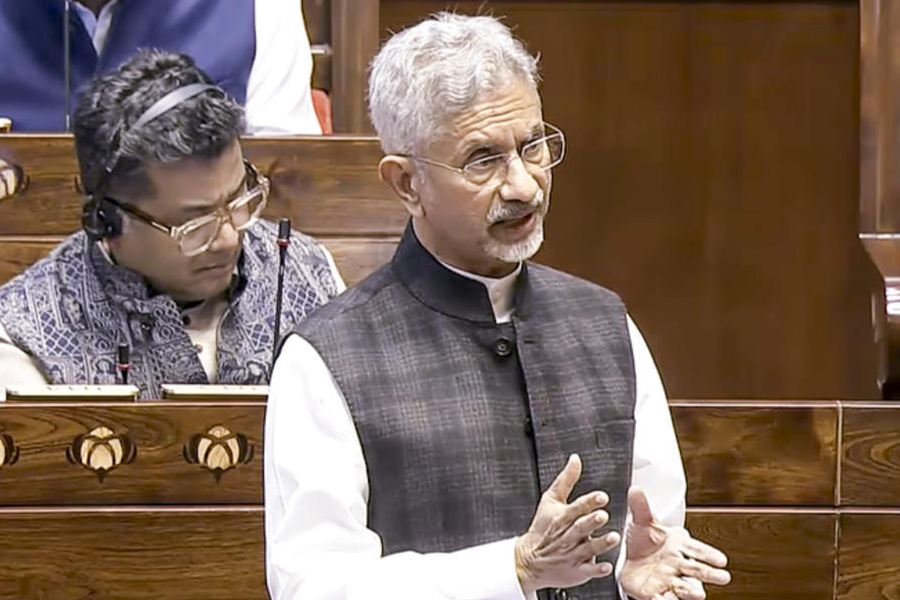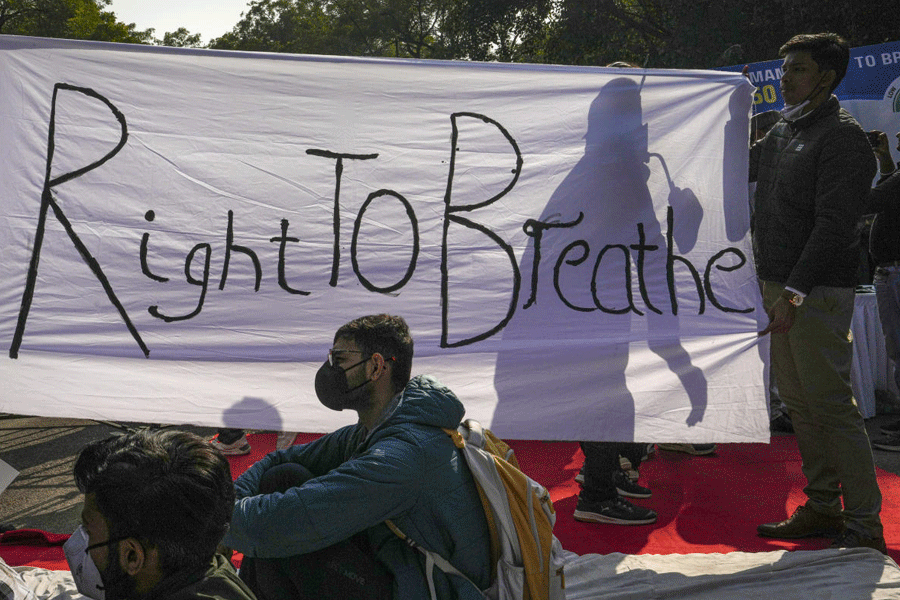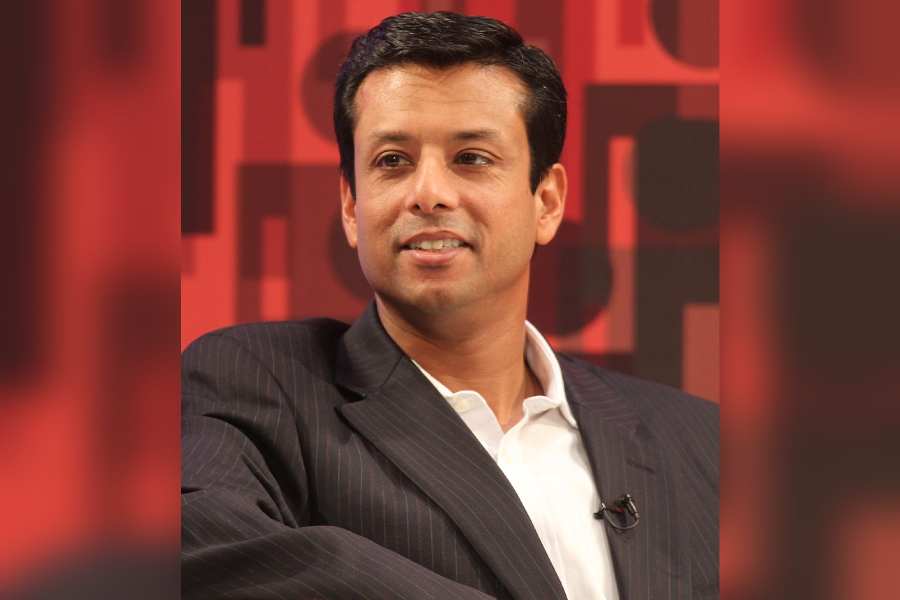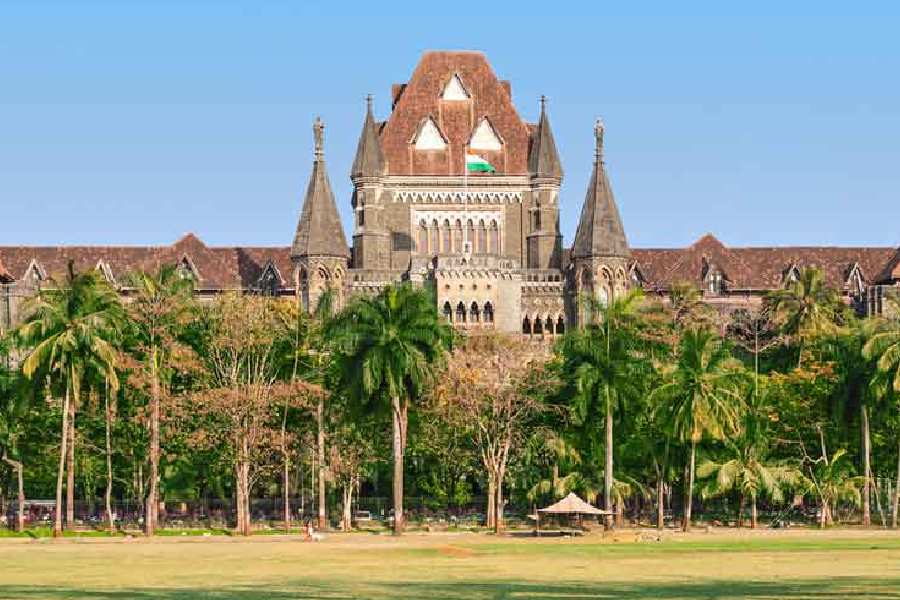 |
Life can be cruel, at times unnecessarily so. There is no other way to explain the untimely death of the historian, Kumkum Chatterjee, on December 13, 2012. She was only 54. I knew her first as Kumkum Banerjee. She was then just out of Presidency College and was one among a trio of very bright young students, all of whom subsequently carved out a name for themselves in the writing of modern Indian history. The other two were the art historian, Tapati Guha Thakurta, and the historian of the revolt of 1857, Tapti Roy. Kumkum’s surname changed after she was married to Kalyan Chatterjee, a college mate of mine who had studied physics at Presidency and then had moved to pursue a career teaching economics at Penn State University, where Kumkum also taught in the history department.
Kumkum’s PhD was from the University of Calcutta, and she chose to work on trade and the merchants in Bihar in the 18th and early 19th centuries. She worked extensively in the records available in Patna, thus mining a new set of sources. This became her first book (Merchants, Politics and Society in Early Modern India: Bihar 1733-1820, published in 1996). It was low key, solid and fact-based; there was no fanfare and no flourish. She convinced her readers through the weight of her research and the clarity of her writing.
At the cutting edge
For her second book (The Cultures of History in Early Modern India: Persianization and Mughal Culture in Bengal, published in 2009), Kumkum broadened the area of her research and the range of sources she consulted. Apart from the records of the East India Company, she explored manuscript sources in Persian, Sanskrit and Bengali. As the titles of both her books suggest, Kumkum accepted the “early modern” as a category to understand the complex process of transition from the remnants of a declining Mughal empire and culture to a modern regime of power under the aegis of colonialism. In her own characteristically unobtrusive way, Kumkum had thus placed herself at the cutting edge of the historiography of the making of modern India.
Apart from her two books, she also published influential articles in scholarly journals. Before the “emperor of all maladies’’ struck her down, Kumkum had embarked on a new project on the prevalence and influence of Mughal political culture in eastern India.
Kumkum was an important historian in her field. Her chosen area of research — the transition in India — was not an easy one. But she was never daunted by this. She set herself high standards and worked hard to meet them. She took her calling as a scholar very seriously. She was also a dedicated teacher and a researcher. Above all, she had a kind and gentle presence, and a wry sense of humour that on occasions was quite startling. Her scholarship and her persona make her passing all the more cruel and difficult to accept.











